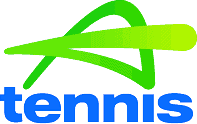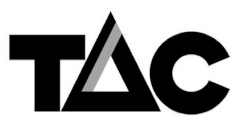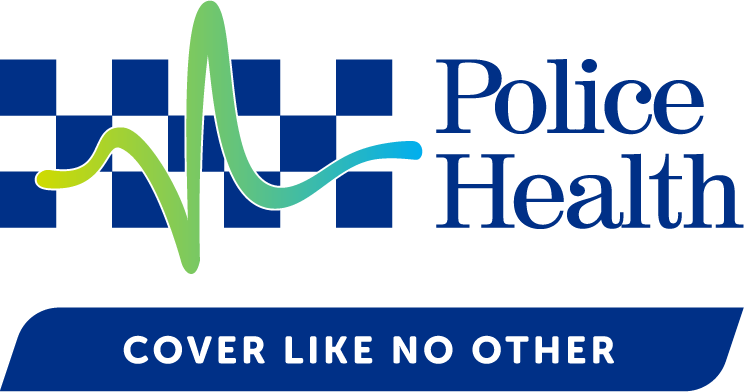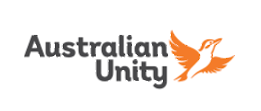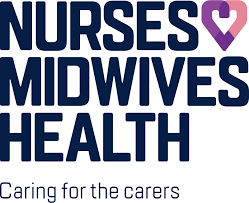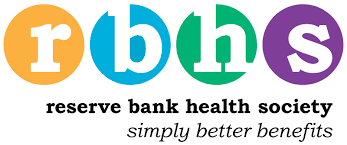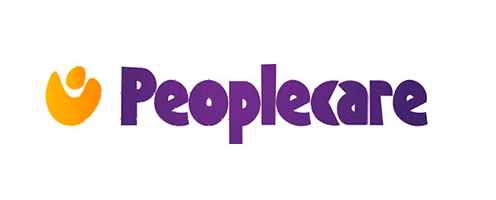Open 7 Days
Acute Ankle Injuries 101: How to Identify and Treat it

Acute ankle injuries are one of the most common injuries in sports. The ligaments on the outside of the ankle are the most susceptible structure when the foot is turned inward.

Types of injury:
- Fractures
- Sprains
- Strains
Symptoms:
- Tenderness
- Swelling
- Pain
- Unable to put weightbear through ankle
- Reduced movement
- Bruising
Immediate First Aid and Treatment
The initial care to reduce inflammation. The POLICE principle stands for Protection, Optimal loading, Ice, Compression, and Elevation.
- Protecting the injured ankle from more damage such as turning inwards, jumping, running.
- Optimally Loading the ankle using crutches or walking aides to reduce weight bearing is also recommended, but avoid complete rest. Light weight-bearing can stimulate healing and speed up recovery, while gradual loading helps maintain joint function and muscle strength.
- Ice packs can be used for 15-20 minutes, every 3-4 hours to shut down the blood infiltration to the injured site, reducing swelling
- Compression bandage/socks helps to redistribute the swelling
- Elevating the ankle above heart level also helps to draw the swelling back to main circulation
How does a physio help?
It is highly recommended to see a physiotherapist after the injury. First of all, physiotherapists will assess your ankle and tell you what the diagnosis is. The treatment/management and prognosis is different depending on the diagnosis.
The rehabilitation starts as soon as you get injured. Physiotherapists will design an exercise program for you to speed up the recovery. Thereafter, another program will aim to strengthen the injured structure. After an acute ankle injury, your ankle will have instability issues, you will need to do strengthening and proprioception/balance training to restore your ankle strength, otherwise the risk of re-injury is high.
Understanding and managing acute ankle injuries effectively can make a significant difference in your recovery and overall mobility. By following proper treatment protocols and incorporating preventative measures, you can ensure a smoother healing process and reduce the risk of future injuries.
For personalised advice and tailored physiotherapy plans, contact our clinic today. We're here to help you get back on your feet and return to your daily activities with confidence.
